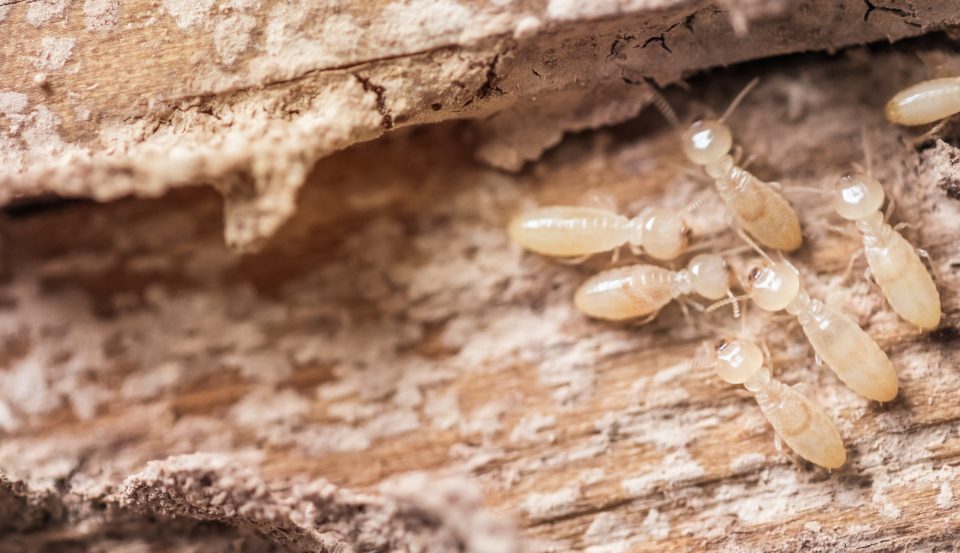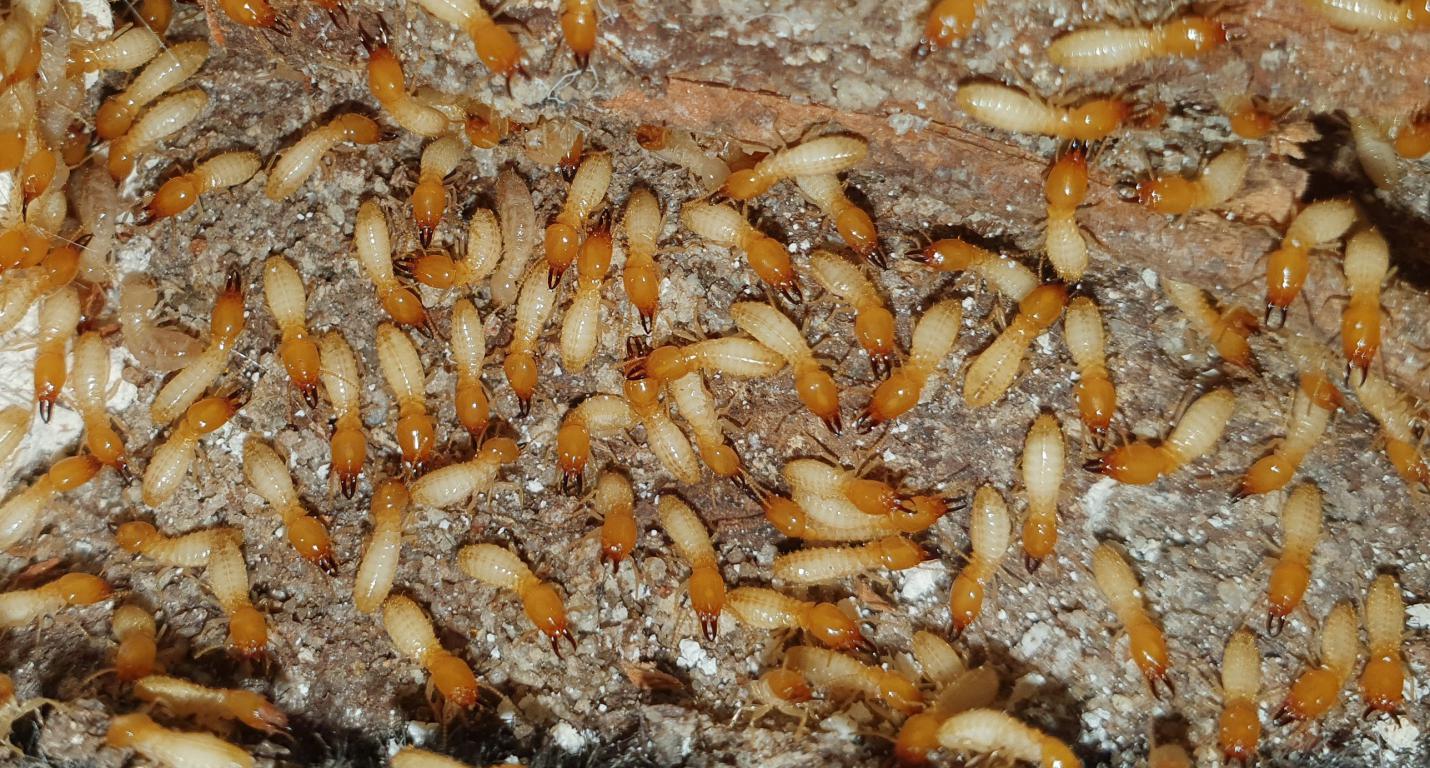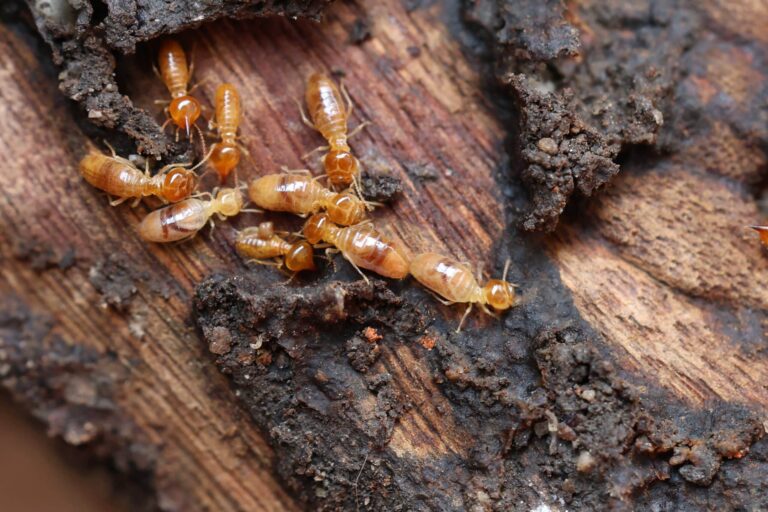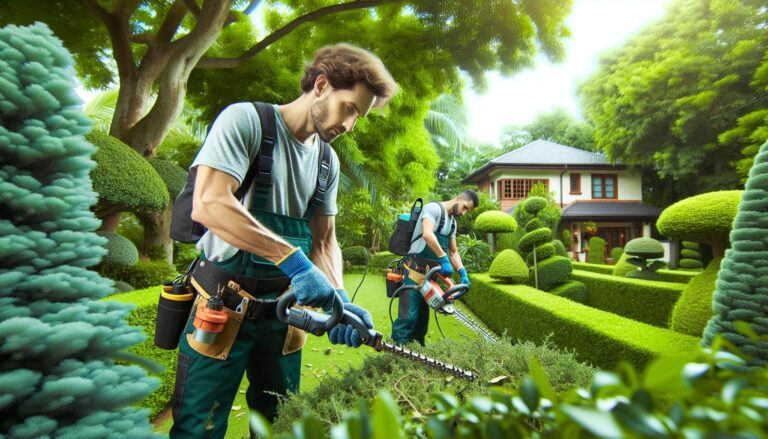Termite Control Sydney: Proven Techniques for Long-Lasting Results
Termites pose a significant threat to homes and properties in Sydney, causing extensive damage that can be both costly and time-consuming to repair. Effective termite control is essential for homeowners looking to protect their investments. This article explores proven techniques for termite control in Sydney, offering insights into both prevention and treatment methods that yield long-lasting results.
Understanding Termite Behaviour
Before delving into control techniques, it is vital to understand the behaviour of termites sydney. These pests are social insects that live in colonies, often hidden from sight. They primarily feed on cellulose, which is found in wood, paper, and other plant materials. This diet makes wooden structures particularly vulnerable to infestation. Termites communicate through pheromones and vibrations, allowing them to coordinate their activities effectively within the colony. This social structure not only aids in foraging for food but also in defending the colony against threats, making them remarkably resilient pests.
Interestingly, termites also play a crucial role in the ecosystem by breaking down dead wood and returning nutrients to the soil. This natural recycling process is essential for maintaining healthy forests and promoting plant growth. However, when termites invade human habitats, their beneficial role is overshadowed by the extensive damage they can cause to buildings and furniture. Understanding their behaviour and ecological significance can provide valuable insights into managing their presence in urban environments.
Types of Termites in Sydney
There are several species of termites found in Sydney, with the most common being the Eastern Subterranean Termite and the Drywood Termite. Eastern Subterranean Termites are notorious for their destructive nature, often nesting underground and entering homes through cracks in the foundation. Their colonies can number in the millions, and they can consume wood at an alarming rate, leading to significant structural damage if left unchecked. On the other hand, Drywood Termites tend to infest dry wood and can be found in furniture and structural timber. Unlike their subterranean counterparts, they do not require contact with the soil, which makes them particularly challenging to detect until the damage is already done.
Additionally, the Formosan Termite, an invasive species, has also made its way into Sydney, further complicating the termite landscape. This species is known for its aggressive behaviour and ability to form large colonies, which can exacerbate the risk of infestation. Homeowners should be aware of the different types of termites and their unique behaviours to implement effective prevention strategies tailored to their specific risks. Read more about the types of termites in sydney at https://flrec.ifas.ufl.edu/termites-in-florida/termite-types/

Signs of Infestation
Detecting a termite infestation early can save homeowners from severe damage. Common signs include mud tubes on walls, hollow-sounding wood, and discarded wings near windows or doors. Mud tubes are particularly indicative of subterranean termites, as they create these structures to travel between their nests and food sources while protecting themselves from predators and dehydration. Hollow-sounding wood is a telltale sign of extensive tunnelling within timber, which compromises its integrity. Regular inspections are crucial, especially in areas known for termite activity, and homeowners should also be vigilant during seasonal changes when termites are more likely to swarm.
In addition to these signs, homeowners should be aware of other subtle indicators, such as small piles of frass, which is the term for termite droppings. This material can resemble sawdust or small pellets and is often found near infested wood. Furthermore, if you notice any unexplained structural changes, such as sagging floors or warped doors, it may be time to consult a pest control professional. Early detection and intervention are key to minimising the impact of a termite infestation and protecting your property from costly repairs.
Preventative Measures for Termite Control
Prevention is always better than cure when it comes to termite control. Implementing effective preventative measures can significantly reduce the risk of infestation. Here are some strategies that homeowners in Sydney can adopt.
Regular Inspections
Scheduling regular inspections with a professional pest control service is one of the most effective ways to prevent termite infestations. Trained technicians can identify early signs of termites and recommend appropriate actions before the problem escalates.
Moisture Control
Termites thrive in moist environments. To deter them, it is essential to control moisture levels around the home. This can be achieved by fixing leaks, ensuring proper drainage, and using dehumidifiers in damp areas. Additionally, maintaining gutters and downspouts can prevent water accumulation near the foundation.
Wood Treatment
Another effective preventative measure is treating wood with preservatives or insecticides designed to repel termites. This treatment can be applied during construction or to existing wooden structures. Options include borate treatments, which penetrate the wood and provide long-lasting protection against termites.
Effective Treatment Techniques
In the event of a termite infestation, immediate action is necessary. Various treatment techniques can effectively eliminate termites and prevent future infestations. Below are some of the most widely used methods in Sydney.
Liquid Termiticides
Liquid termiticides are a popular choice for treating termite infestations. These chemicals are applied to the soil around the foundation of a home, creating a barrier that prevents termites from entering. Some liquid termiticides can also be injected into infested wood to eliminate existing colonies. It is crucial to choose products that are approved for use in residential areas to ensure safety. Click here to learn about calibrating liquid termiticides.
Termite Baiting Systems
Termite baiting systems offer an alternative to liquid treatments. These systems consist of bait stations placed around the perimeter of the property. The bait contains a slow-acting insecticide that termites consume and carry back to their colony, ultimately eliminating the entire population. Baiting systems are effective and can be monitored regularly to ensure continued protection.
Fumigation
For severe infestations, fumigation may be necessary. This process involves sealing the entire structure and introducing a gas that penetrates all areas, including hidden spaces. Fumigation is highly effective but requires homeowners to vacate the premises for a specified period. It is essential to hire certified professionals for this procedure to ensure safety and compliance with regulations.
Choosing the Right Pest Control Service
Selecting a reputable pest control service is crucial for effective termite management. Homeowners should consider several factors when choosing a provider.
Experience and Qualifications
It is essential to choose a pest control service with extensive experience in termite control. Look for companies that employ certified technicians with a solid understanding of local termite species and behaviours. This expertise is vital for devising effective treatment plans tailored to specific infestations.
Reputation and Reviews
Researching the reputation of a pest control service can provide valuable insights into their reliability and effectiveness. Reading customer reviews and testimonials can help gauge the quality of service provided. Additionally, asking for recommendations from friends or family can lead to trustworthy options.
Service Guarantee
A reputable pest control company should offer a service guarantee, ensuring that if termites return after treatment, they will provide follow-up services at no additional cost. This guarantee reflects the company’s confidence in its methods and commitment to customer satisfaction.
Long-Term Maintenance and Monitoring
Once a termite infestation has been dealt with, ongoing maintenance and monitoring are essential to prevent future issues. Implementing a comprehensive maintenance plan can provide peace of mind for homeowners.
Regular Follow-Up Inspections
After treatment, scheduling regular follow-up inspections with a pest control professional is vital. These inspections can identify any signs of new infestations early, allowing for prompt action. Many pest control companies offer annual plans that include routine inspections and treatments.
Homeowner Vigilance
Homeowners should remain vigilant and proactive in monitoring their properties for signs of termites. Simple measures, such as keeping wooden structures away from the ground and ensuring proper ventilation in crawl spaces, can significantly reduce the risk of infestation.

Education and Awareness
Educating oneself about termites and their behaviours is an effective way to stay ahead of potential infestations. Homeowners should be aware of the signs of termite activity and understand the best practices for prevention and control. This knowledge empowers homeowners to take proactive measures and seek professional help when necessary.
The Importance of Professional Help
While some homeowners may attempt DIY methods for termite control, the complexity and potential risks associated with infestations often necessitate professional intervention. Pest control experts possess the knowledge, experience, and tools required to effectively manage termite problems.
Advanced Techniques and Products
Professional pest control services have access to advanced techniques and products that are not available to the general public. These include specialised bait systems, high-grade termiticides, and cutting-edge monitoring technology. Such resources enable professionals to tackle infestations more effectively than DIY methods.
Safety Considerations
Termiticides and other pest control products can pose health risks if not used correctly. Professionals are trained to handle these substances safely, ensuring that treatments are applied in a manner that minimises risks to residents and pets. This expertise is invaluable in maintaining a safe living environment.
Comprehensive Solutions
Professional pest control services offer comprehensive solutions that address not only current infestations but also future prevention. By developing tailored plans that consider the specific needs of each property, these experts can provide long-lasting results that protect homes from termites.
Conclusion
Termite control in Sydney is a critical aspect of home maintenance that requires a proactive approach. By understanding termite behaviour, implementing effective prevention strategies, and seeking professional help when necessary, homeowners can protect their properties from these destructive pests. With the right techniques and ongoing vigilance, long-lasting results can be achieved, ensuring peace of mind for years to come.
Related : Why Pest Control Termite Methods Fail (and How to Get It Right)



